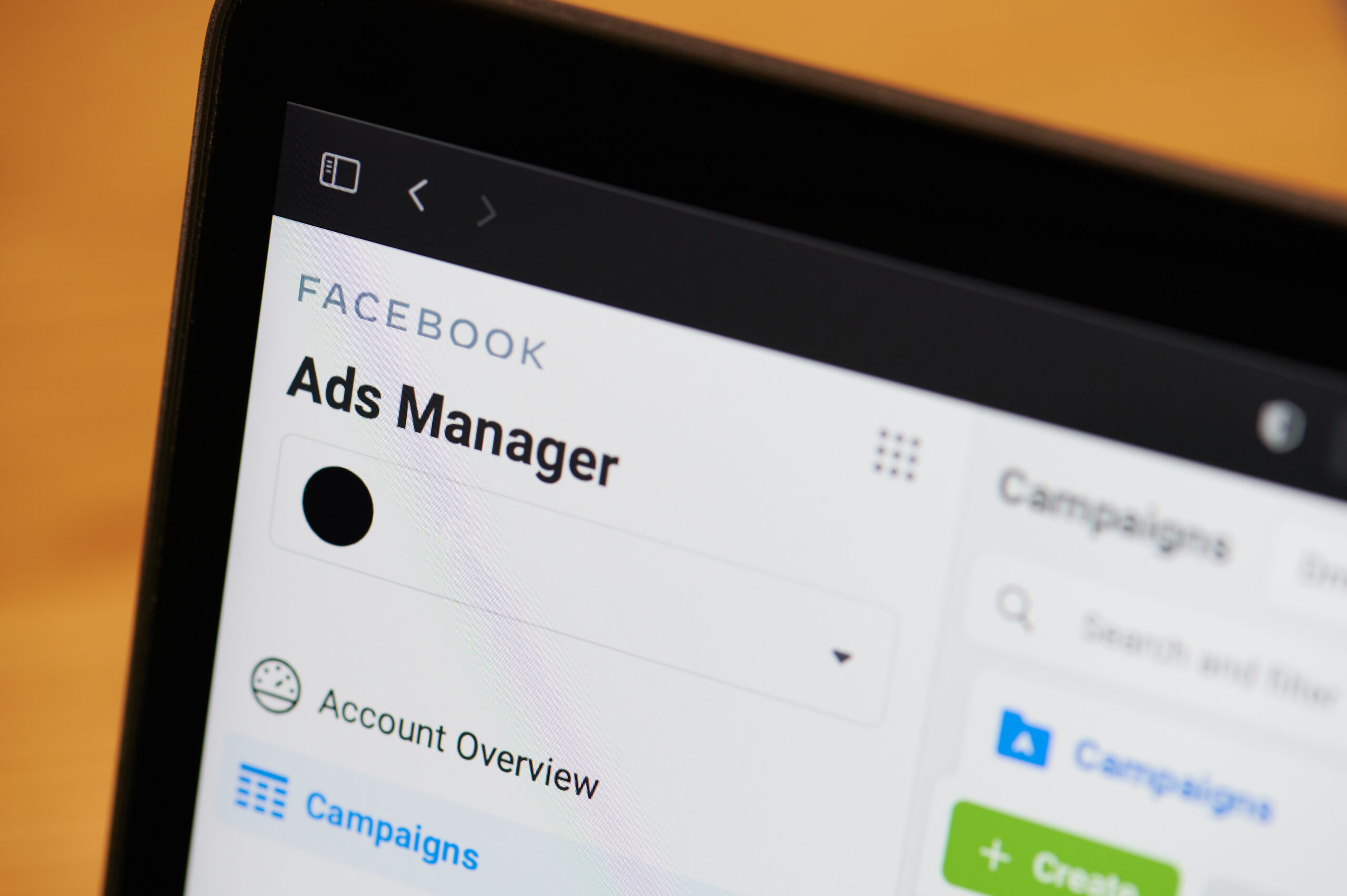How To Run A Successful Facebook Ad Campaign
Social media platforms, such as Facebook, have become indispensable in today’s increasingly digital business landscape. Facebook alone can connect companies with billions of prospects through organic reach and paid advertisements. It’s a goldmine for businesses, whether big or small, looking to get their message in front of the right people.
But with so many advertisers vying for attention, how can you make sure your ads stand out from the crowd? In this post, we’ll walk you through the key steps to running a successful Facebook ad campaign. So, without further ado, let’s dive in and learn how to do it right.
1. Set Clear Objectives And Define Your Target Audience
Before launching a Facebook ad campaign, setting clear objectives and identifying your target audience are crucial first steps to take. Despite some marketers’ preference for other social media platforms, Facebook advertising is still an effective way of driving people towards completing a certain action that benefits your business. However, that’s only true if you know how to establish specific goals that will guide your campaign’s focus and determine the most suitable ad format and content for you. Examples of ad campaign objectives include increasing brand awareness, driving website traffic, or generating leads. Without these specific goals in mind, you can’t create effective ads that will help you achieve your objectives. It will also be difficult to measure your campaign’s success.
Of course, it’s also important to develop a comprehensive understanding of your target audience. It means checking their demographics, interests, and recent online behaviors to know their needs and desires. That way, you can tailor the language and visuals of your ads to them, increasing engagement and the likelihood of your target audience taking the desired action, such as making a purchase from your e-commerce site.

2. Craft Compelling Ad Copy
The main goal of any paid advertisement is capturing your audience’s attention and encouraging them to take action. One way to achieve this is by including in your ad a clear and concise message that communicates the value of your product or service.
As mentioned earlier, you should start by knowing your audience so you can write something that resonates with them. It’s also important to use attention-grabbing headlines since it’s the first thing people will see when they come across your ad. Finally, avoid jargon or technical language.
And don’t forget to include a strong call to action (CTA), too. A CTA will guide your users toward the desired action, whether it be purchasing or signing up for a newsletter. For example, if promoting a limited-time offer, you might use phrases like ‘Shop Now’ or ‘Claim Your Discount’ to encourage your audience to take the next step.
3. Invest In High-Quality Visuals
A compelling ad copy also relies on high quality visuals such as images and videos that capture users’ attention as they scroll through their newsfeeds. When selecting or creating visuals for your ads, consider the following tips:
- Use high-resolution images or clear and sharp videos to ensure they look good on screens of all sizes.
- Focus on colors and contrasts that stand out and grab users’ attention while aligning with your brand identity.
- Incorporate relevant images or videos that relate to your ad copy and the product or service you’re promoting.
- Test different visual formats like static images, videos, and carousel ads. This way, you could determine which performs best with your target audience.
An example of a high-quality ad visual is a clothing brand using vibrant images that showcase their products being worn by models in various locations. Doing so allows potential customers to visualize themselves wearing the items.
4. Optimize Ad Placement, Budget, And Schedule
Optimizing your Facebook ad campaign is important because it helps you achieve better results and get more value for your advertising budget. There are three main things to worry about during the optimization process: ad placement, budget, and schedule. Facebook offers various ad placements, such as in the News Feed and Stories for any device as well as the Right Column for desktops. And it’s essential to select the most suitable location for your ad based on your objectives and target audience. For instance, if targeting mobile device users, consider placing ads in the News Feed or Stories for optimal visibility.
Set an appropriate budget after deciding where to place your ad. Note that ad placement, audience size, competition, and your desired results are some of the factors that influence the cost of running an ad on Facebook. You may start with a smaller budget and gradually increase it based on the ad’s performance to reach more people. Facebook’s automatic bidding feature could help optimize your ad spend by letting the platform adjust your bids according to your desired results, so you might also want to check it out.
As for scheduling, you can choose to run your ads continuously or set a specific start and end date for your campaign. You can also set specific times of day or days of the week to run your ads, depending on when your target audience is most active.
5. Monitor And Adjust Campaign Performance
After setting clear objectives, defining your target audience, as well as crafting and optimizing a compelling ad, you can launch your campaign. However, the work doesn’t stop there as monitoring your ad’s performance is still vital to its success. It gives you the chance to make the necessary adjustments, so your ad performs better. Therefore, track key performance indicators (KPIs), such as impressions and conversions. By monitoring these metrics, you can determine which ads are performing well and which ones need improvement.
If your ads aren’t generating the desired results, you may need to make adjustments to your campaign. This could include changing your ad targeting, adjusting your ad creative, or changing your ad placement. By making these adjustments, you can optimize your campaign for better results and achieve your campaign objectives.
Final Thoughts
Running successful Facebook ad campaigns can be a powerful way to reach your target audience, drive traffic to your website, and increase conversions. However, it requires careful planning, execution, and analysis.
By following the best practices discussed here, you can create effective Facebook ad campaigns that drive results for your business or organization. Remember to continually test and optimize your ads to ensure that you’re getting the best possible results. And don’t hesitate to make changes along the way.






